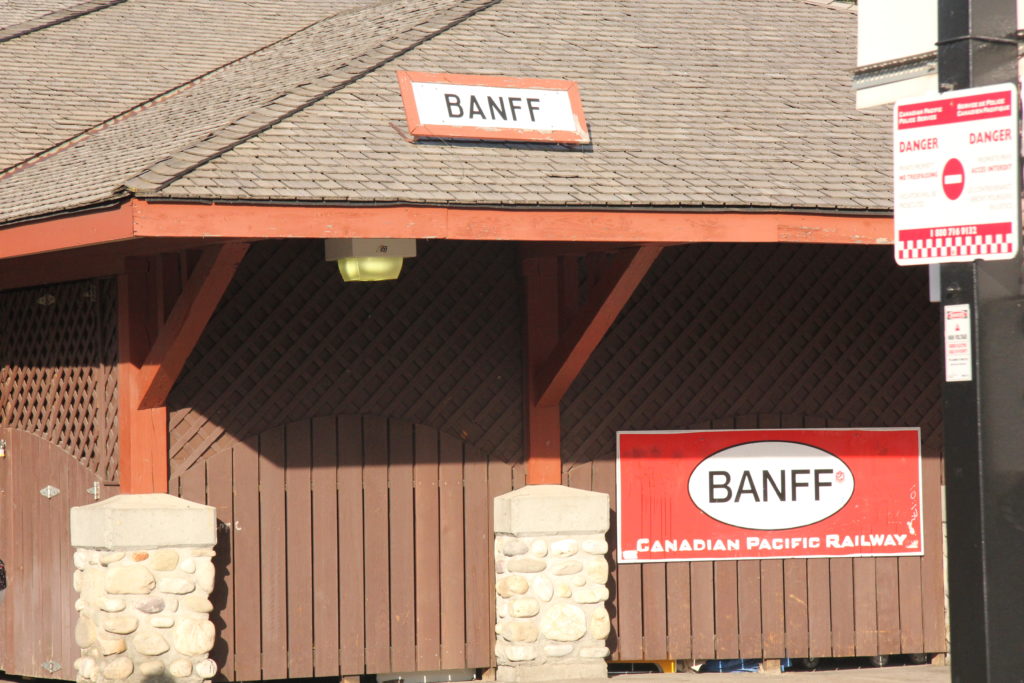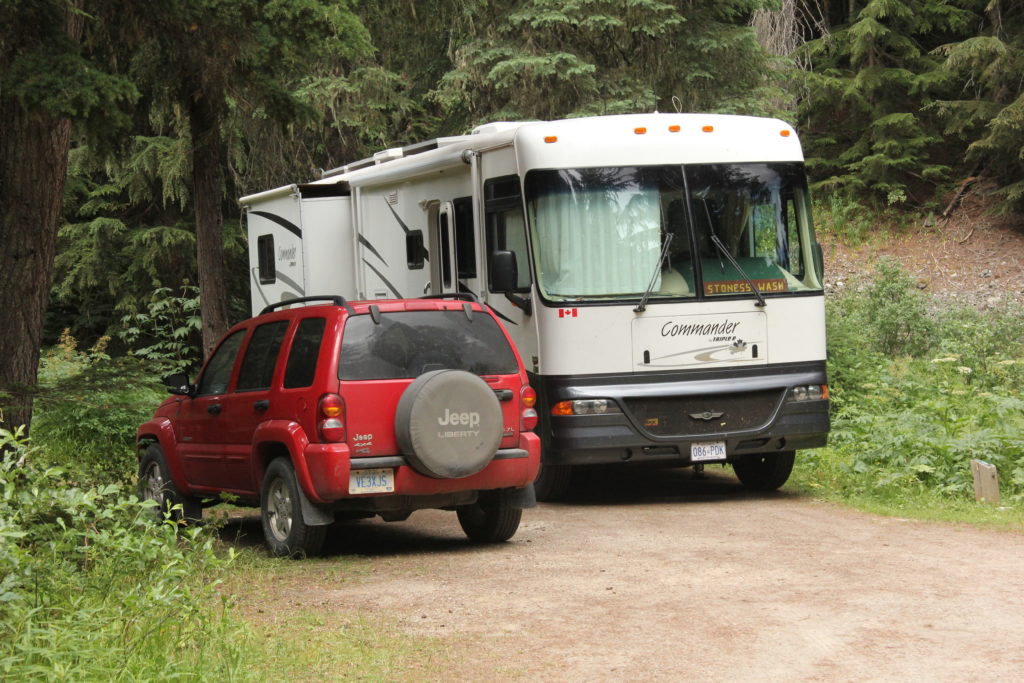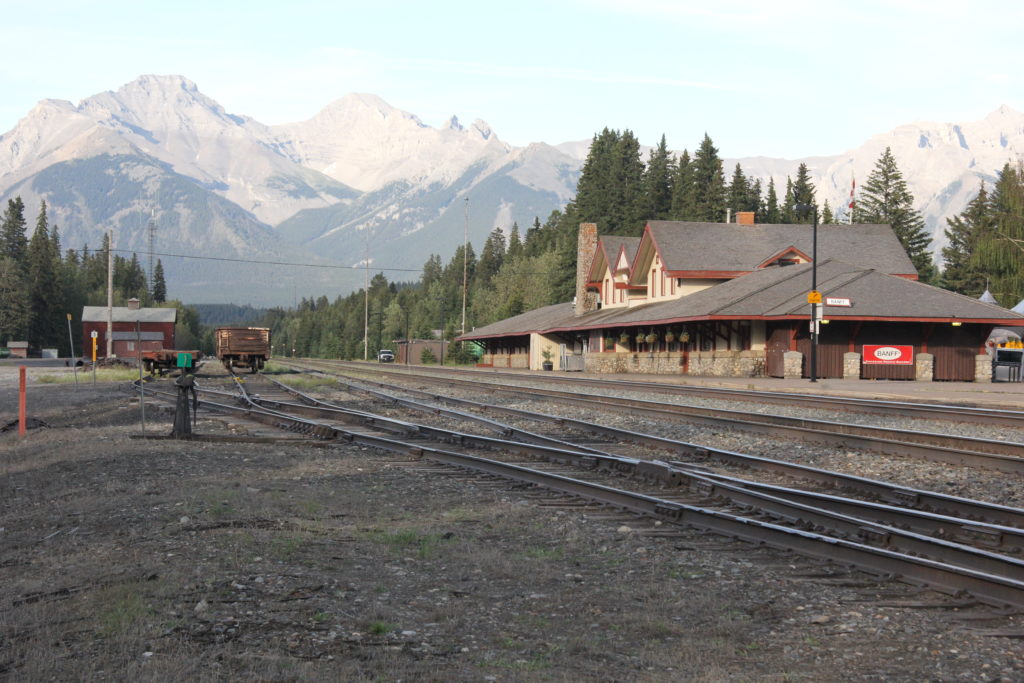When tourists drive the beautiful route taking them over Rogers Pass in the Canadian Rockies they probably don’t appreciate the problems caused to railway transportation by this mountain range.
In 1883, Canadian Pacific Railway laid a single track that wound through the narrow Illecillewaet Valley and laboriously twisted up and over Rogers Pass before dropping into Beaver Valley. This piece of track turned out to be one of the big bottlenecks on the railway. It was too steep and its tortuous route and many turns meant slow speeds. Because of the narrowness of the valley it was not possible to twin the line so in 1916 they blasted a 4.8-mile tunnel under Rogers pass to help speed up the traffic. Connaught Tunnel is still in use after all those years.
Indeed, it did speed up rail traffic, however it was still a very big hill and it was necessary to place extra steam engines on the train to help them climb. Can you imagine the conditions in the Connaught Tunnel when several steam engines under full load were underground for almost five miles? It must have been very difficult to keep from being suffocated. The advent of diesels would help some.
Even with the strong diesels the Rogers Pass section only permitted about 15 trains heading west per day. Part of the problem lay with the 2.2% grade on the climb out of Beaver Valley. Unable to twin the line to allow extra trains engineers investigated the concept of another tunnel. The new piece of rail line, 21-miles long, was projected to cost 500 million dollars. It was to be a combination of tunnels, cuts, and fills right in the heart of the lofty Selkirk Mountains.
The majority of the 21-mile route construction was within environmentally sensitive Glacier National Park. The new route had to be braided through a narrow mountain valley, where the present rail line, the Trans Canada Highway, and the turbulent river, all vied for space. And it had to be constructed in such a way that it would not damage the park, both visually and environmentally.
The final major challenge was the building of the 1.1-mile Shaughnessy Tunnel and the longer 9.1 mile Mount Macdonald Tunnel. The long tunnel has a unique ventilation system. Part of its fascination includes steel doors that shut part of the tunnel off as the train proceeds through.
The work on the surface route involved the construction of three box culverts and five bridges across steep mountain streams. Part of the surface route had to be built along 40 degree slopes where cutting into the cliff would cause unsightly scars, both above the cut and below, and might even damage the existing rail line by undermining its supports. This part of the project involved the construction of a unique viaduct that would carry the rails along the precipitous wall of the valley without undue disturbance of the terrain.
As you drive through the valley about all you can see is the raised viaduct that didn’t exactly blend into the hillside when I was there. The camouflage colours need a bit more work, but all in all the construction didn’t damage the mountainside very much.
You’ll enjoy a drive through the Rogers Pass area, and perhaps might want to camp and drive over the Visitor Centre. The campground is not large, and will fill early in the day. Enjoy the trip.
Happy RVing!
For more than four decades James Stoness has travelled the roads of North America, photographing and writing about what he has seen. His travel articles and beautiful pictures have been published in several magazines and newspapers. He is also the author of five western novels.Visit James at:
www.stonessRvTravel.com









Recent Comments